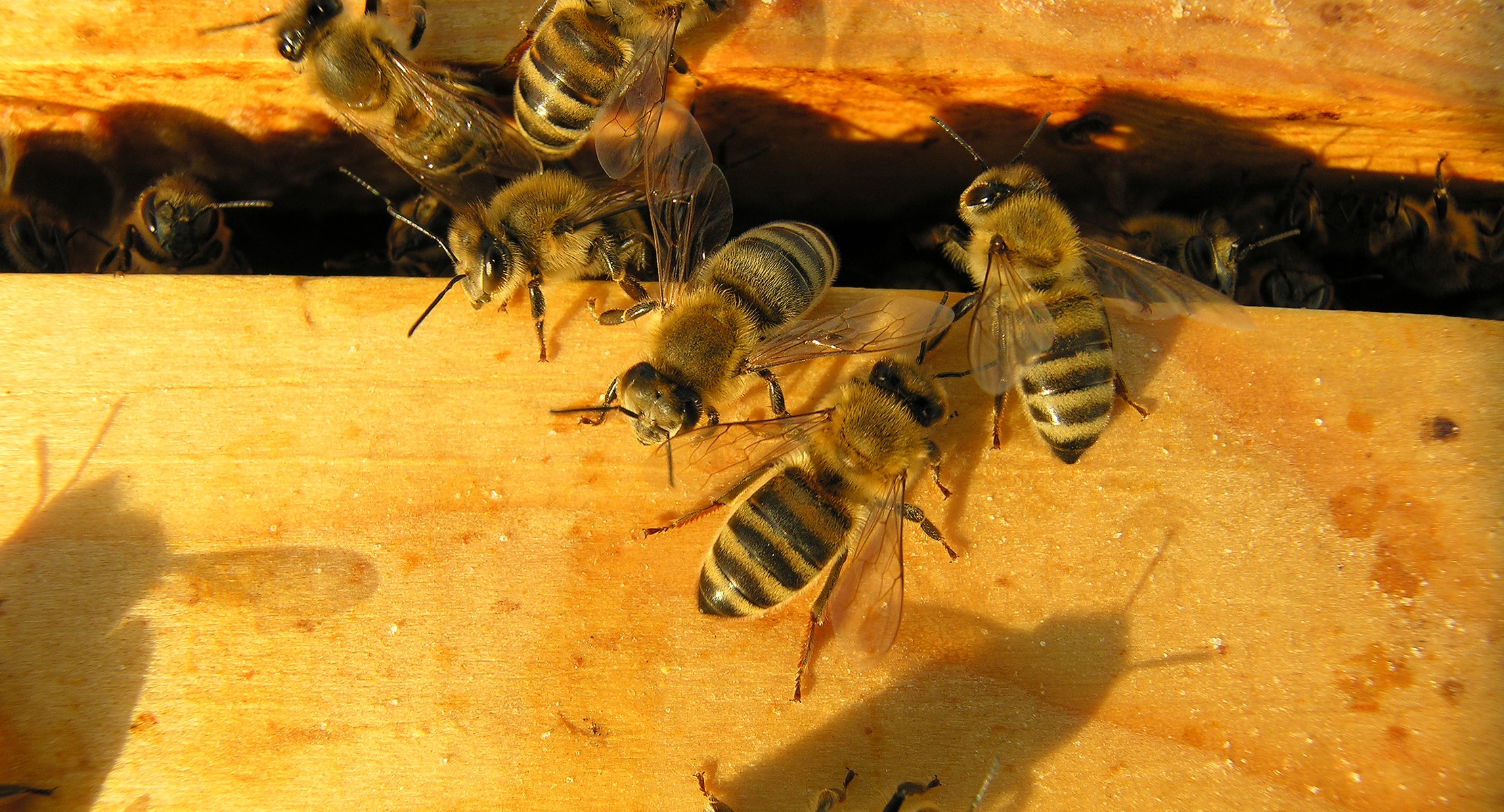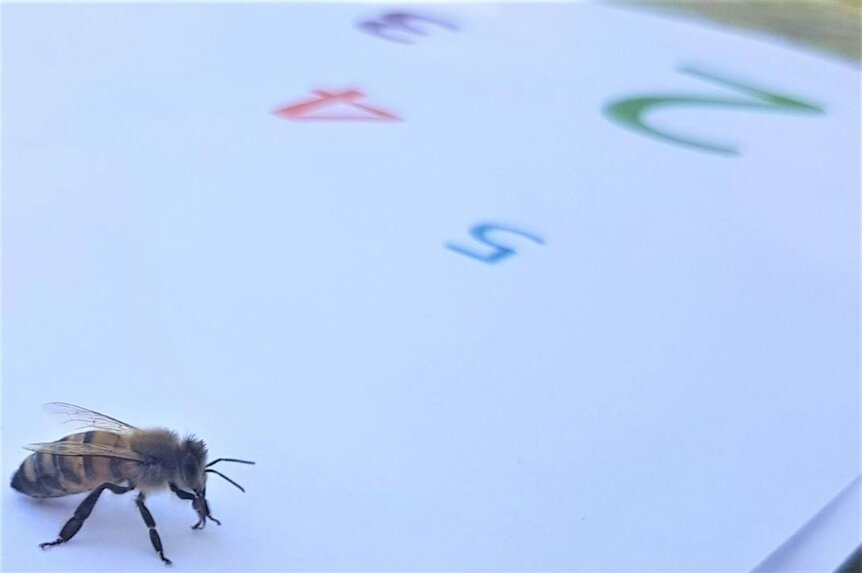Create a free profile to get unlimited access to exclusive videos, sweepstakes, and more!
A bee-autiful mind! Bees recognize even and odd numbers
Maybe we shouldn't bee surprised, we already know they're good at geometry.

John Forbes Nash, was an American mathematician who made significant contributions to a number of mathematical fields, including game theory. His worked earned him the 1994 Nobel Memorial Prize in Economic Sciences as well as the Abel Prize, both of which he shared with colleagues. His life and work also inspired the book A Beautiful Mind which was later adapted into a film of the same name, starring Russell Crowe.
Game theory has gone on to inform the way we understand decision making in ourselves and in non-human animals. Much of that decision making, whether we realize it or not, comes down to math. Much of the mathematical work humans do is complex, depending on our roughly 86 billion neurons to work together in order to uncover the numerical secrets of nature. It has been thought that mathematics is a purely human concept, one we constructed to make sense of the world around us, but that may not be the case.
There has been significant work in recent years to understand the mathematical abilities of the non-human animals, mostly invertebrates like fish and birds, but recent research reveals that invertebrates like bees are also capable of completing math tasks. Despite their relatively small brains — only 960,000 neurons compared to our 86 billion — bees understand numbers in a way which is comparable with young children.
Dr. Scarlett Howard from the School of Biological Sciences at Monash University studies the mathematical talents of bees. In partnership with colleagues from Australia and France, Dr. Howard constructed experiments to test whether bees could discriminate an even number of objects from an odd number. Their findings were published in the journal Frontiers in Ecology and Evolution.
“As humans, we consider odd and even categorization an abstract and complex concept. As far as we could find, it’s never been tested in any other species except for humans,” Howard told SYFY WIRE.
Researchers wanted to look at the limits of cognition in a miniature brain and settled on numerical tasks as a way to test that. In previous work, they confirmed that bees are able to choose quantities based on if they are larger or smaller than an alternative set. They also trained bees to do simple addition and subtracting, selecting for a quantity of shapes which was one integer higher or lower than a previous stimulus. Bees also have an understanding of zero as a number, something humans didn’t figure out until roughly 5,000 years ago, according to the historical record.
Number parity — the categorization of numbers into odd and even — could be an even more complex task than arithmetic because of its abstract nature, so researchers weren’t sure the bees would be able to pull it off.
“We didn’t really expect it to work, but surprisingly it did, and the bees were able to learn it in a relatively short time,” Howard said.
To train the bees, Howard and the team set up water feeders with a low concentration of sucrose or quinine inside of an apparatus with a rotating screen. On the screen, they presented hangers where they would present stimuli in the form of cards showing a number of shapes, and platforms where the bees could land.
Using sucrose as a reward or quinine — a bitter liquid which bees don’t like — as a punishment, the bees learned to choose either even or odd quantities. Importantly, the screen would rotate, and the position of the platforms would change, so that the bees couldn’t learn to fly to a particular location or look for any other patterns. Their only clue leading to either reward or punishment was the number of shapes on a card. Before long, the bees could correctly choose between even and odd with about 80% accuracy
“Once they got to 80%, we started testing them. We trained them on numbers 1 – 10, then we showed them 11 and 12, numbers outside the boundaries of the training set. We didn’t expect them to be able to distinguish them because they are so large and so close to one another, but they were able to perform at about 70% accuracy,” Howard said.
It’s unclear precisely how the bees are making their determination. It’s possible that they’re simply counting and grouping, or they might be pairing objects and looking for any remaining objects which stand alone. It’s also unclear why bees are able to do this at all, although the team has some ideas.
“Potentially, it could be used for quick recognition of flowers. We already know they use color, scent, shape, and size, but they could also use odd versus even numbered flower petals. We also know that bees prefer radial and bilateral symmetry over asymmetrical things. It might be an instinctual thing related to looking for symmetry,” Howard said.
Intrigued by the notion that such a small brain could do seemingly complex tasks, the team created an artificial neural net with only five neurons and found that it too could complete the parity task. It might be that smaller neural systems like bee brains are simply more efficient at processing information, while humans take the long way around because we can.
“They have this small brain that can do so much, and they must have a very efficient way of processing information because they’re doing very complex tasks and we’re seeing that more and more,” Howard said.
Figuring out how comparatively small brains make sense of mathematics could teach us about how abstract and mathematical thought evolved in our own species. So, the next time a bee flies up to you, take a moment to consider that it might just need a little help with its homework before you swat it away.



























